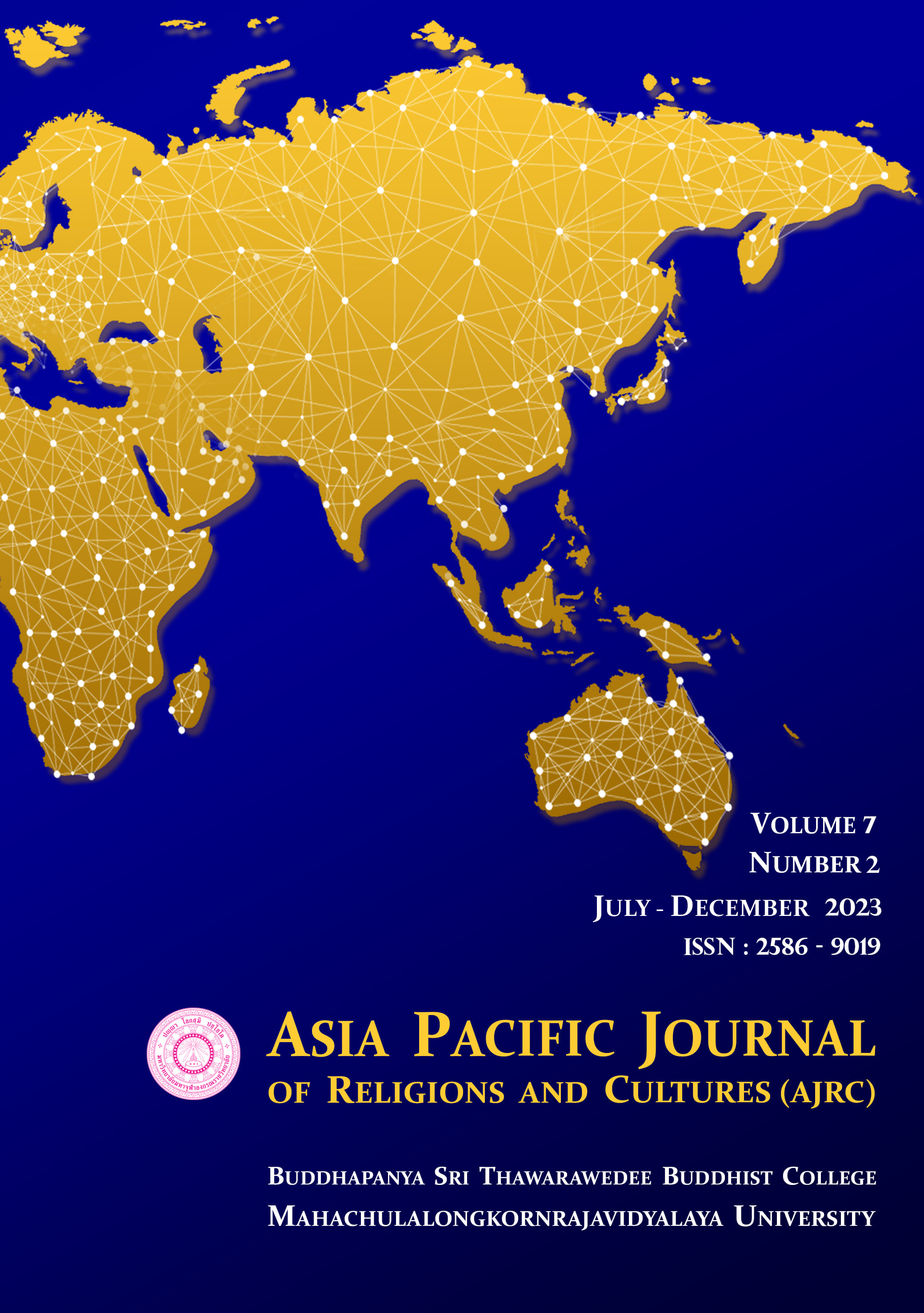COMPARATIVE STUDY OF IMPUNITY IN CRIMINAL CASES WITH IMPUNITY IN THE DHAMMA VINAYA
Main Article Content
Abstract
Criminal actions of people in today's society. The offender may not intend to commit an offense. Sometimes, some causes may be necessary to make the offense complete with all elements of the offense and that action has no cause except for the offense. It is considered a criminal offense to be held criminally liable. However, there is a reason that the offender is not subject to criminal penalties. Exemptions under French criminal law, priority on personal grounds, and grounds of impunity under German criminal law emphasize the importance of individual exemptions, exemptions under British criminal law. Adhere to the principle of offense because the offender has the power to act, Thai criminal law, the Criminal Code has provided for the exemption of punishment for the offender by considering both the sense of responsibility of the offender and other reasons that the law provides for exemption from punishment. For example, the exemption from punishment under Section 65, Section 66, and Section 70, which in religion has an exemption in the Dhamma discipline called Ānāpattivār (A monk who is not guilty). Punishment of the 4 Pārājikas of the last 4 items of every precept considered as the main basis for judging a monk who has committed an offense, it is the cause of exemption from punishment, namely: 1) A monk who is insane, 2) A monk whose mind is distracted, 3) A monk who is restless because of his feelings but not insane to study and compare the grounds for exemption in criminal cases with the grounds for exemption from punishment in the Buddhist Doctrine and Discipline which will lead to the development of law and Buddhist discipline in the future.
Article Details

This work is licensed under a Creative Commons Attribution-NonCommercial-NoDerivatives 4.0 International License.
References
Gomes Kwanmuang. (2007). High Criminal Law. Bangkok: Winyuchon
Publishing House.
Math Na Nakorn. (1986). Criminal Offense Structure and Academic Controversies about Mens Rea. Journal of Law. Volume 16, No. 3
(September 1986).
Kanit Na Nakorn. (2020). Criminal Law, General Region. 7th edition.
Bangkok: Winuchon Publishing House.
Kanit Na Nakorn, Thani Woraphat. (2020). The structure of criminal offenses.
Sukhothai Thammathirat Law Journal, Vol. 31, No. 2. (July-December 2020).
Chanon Srisart (2002). “The problem of intent in criminal law”, Master's
degree thesis. Faculty of Law graduate school Dhurakij Pundit University 2002.
Pluem Chotthayangkun (2016). Lectures on the Sangha Law, 3rd edition,
Bangkok.: Mahachulalongkornrajavidyalaya University Press.
Phraphromkunaporn (2009). Buddhist Dictionary. Vocabulary edition. 12th
edition. Bangkok: Chanpen Publishing House.
Pichai Nilthongkam (2015). Civil and Commercial Code, Book 1-6, Criminal
Code. Bangkok: Attaya, 2015.
Surasak Copyrightwattanakul (1992). “Academic controversy. on grounds for
impunity”. Journal of Law. Vol. 22, No. 1. (July): 76.
Etwa Harro Otto (2004). Grundkurs Strafrecht: Allgemeine Strafrechtslehre.
Aufiage, Berlin.
Hans-Heinrich Jescheck (1988). Lehrbuch des Strafrechts: Allgemeiner Teil,
Auflage, Berlin.


